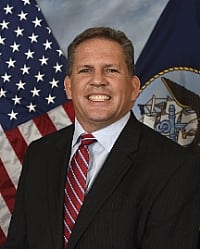
The Navy’s top acquisition official said he is pushing to accelerate contract awards to help industry respond to and prepare for the COVID-19 pandemic. Assistant Secretary of the Navy for Research, Development and Acquisition James Geurts said he is partially focusing on the economic wellness of the defense industrial base amid the pandemic, which means not only maintaining the pace of contract awards but accelerating it too. “What I am not slowing down is on the demand side in terms…

 By
By 











